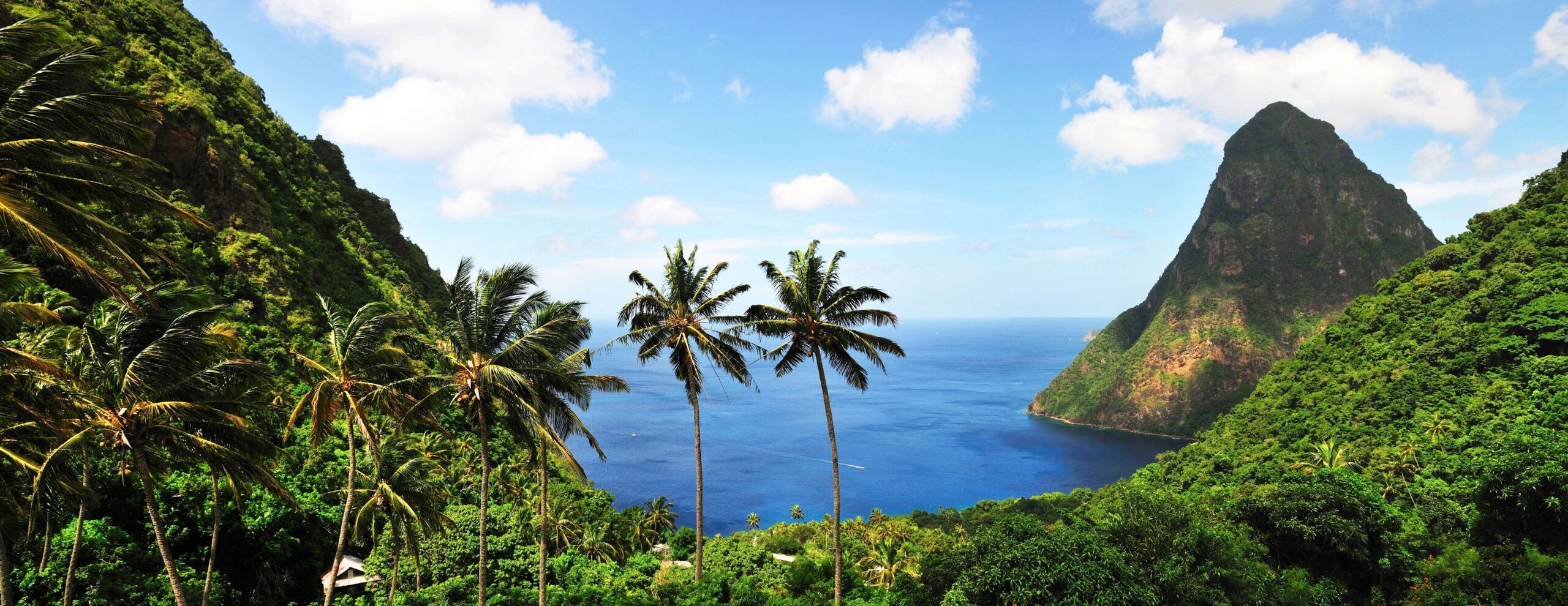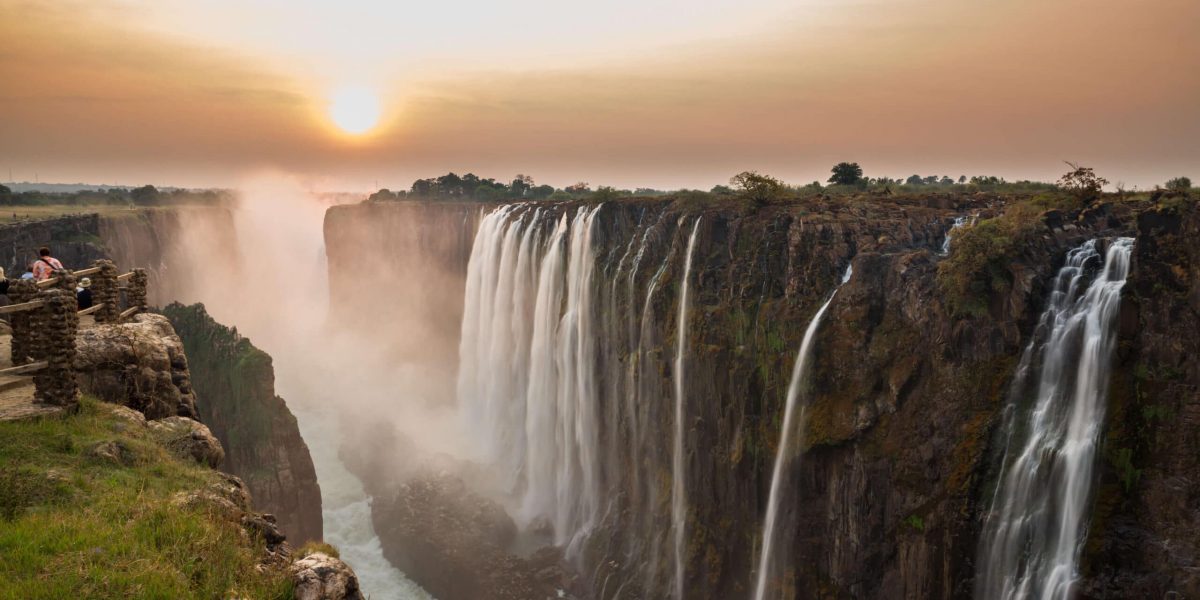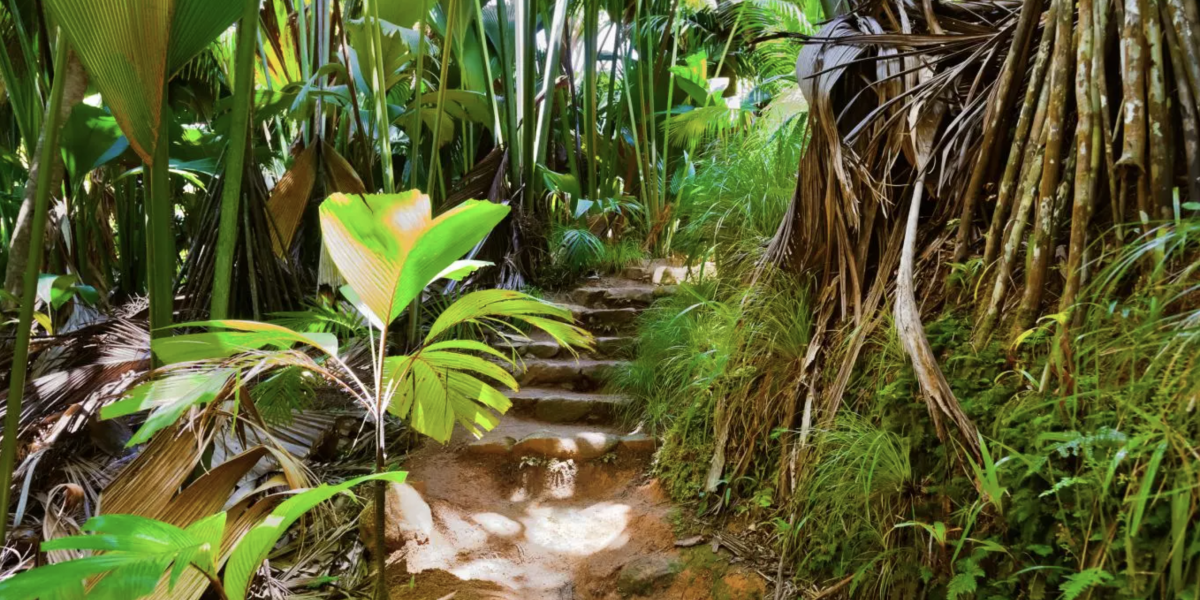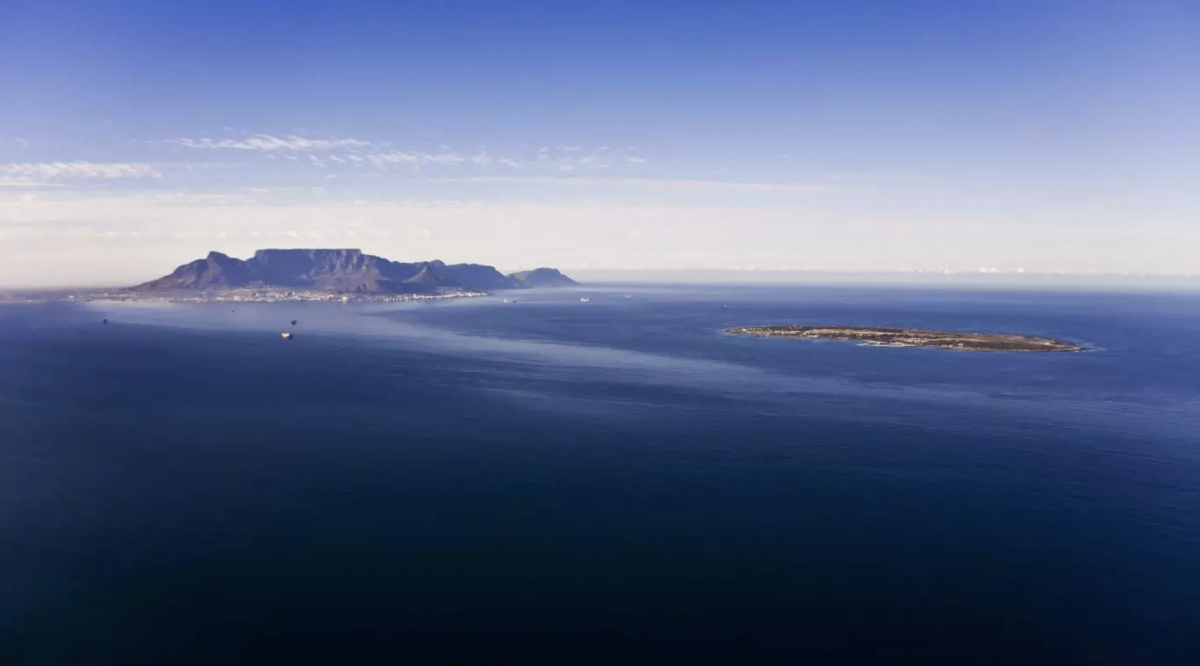
Featured Destination: Caribbean Edition
Some of our U.S. clientele are ready to travel overseas again but would rather stay closer to home for now,
At Avian Jets, we can take you to some of the most incredible sites in Africa, from Ethiopia to Namibia. Our clients visit various unique UNESCO World Heritage sites around the continent, regions of cultural and natural significance that the World Heritage Committee considers to have exceptional universal value.

The Serengeti National Park is home to Africa’s densest population of “big cat” predators. Lions, gazelles, zebras, and spotted hyenas are among the many creatures that wander the landscape in one of the world’s oldest ecosystems. The Serengeti Plain is famous for its annual wildebeest migration, which begins in December in the Ngorongoro Conservation Area.

Victoria Falls is known as the “smoke that thunders” by the Kololo tribe. These magnificent falls thunder down a succession of canyons, creating a rainbow mist that can be seen from more than 12 miles away.

The beautiful green Vallée de Mai Nature Reserve was traditionally thought to be the original location of the Garden of Eden. The valley is located in the centre of Praslin National Park, which was untouched until the 1930s. It is home to the Coco De Mer palms, which are exclusively found on the islands and are recognized for their distinctively shaped nut.

Robben Island has a shady past. Between the 17th and 20th centuries, it served as a hospital for persons suffering from leprosy and mental illness, as well as a military installation during World War II. However, its most notable usage was as a political prison, where former South African President Nelson Mandela spent 18 of his 27 years in prison.

The holy city of Lalibela, a prominent pilgrimage site, is home to 11 monolithic rock-cut churches, the most well-known of which is the Church of St. George. The church was carved from solid red volcanic rock and is attributed to King Lalibela, who set out in the 12th century to establish a “New Jerusalem.”

Some of our U.S. clientele are ready to travel overseas again but would rather stay closer to home for now,

The cost of a private jet depends on whether you want to own one or just use an aircraft by

At Avian Jets, we can take you to some of the most incredible sites in Africa, from Ethiopia to Namibia.

Avian Jets offers an array of services. Whether you are looking to book a chartered flight, purchase your own aircraft, or grow your aviation business with custom-built technology, Avian Jets has you covered.